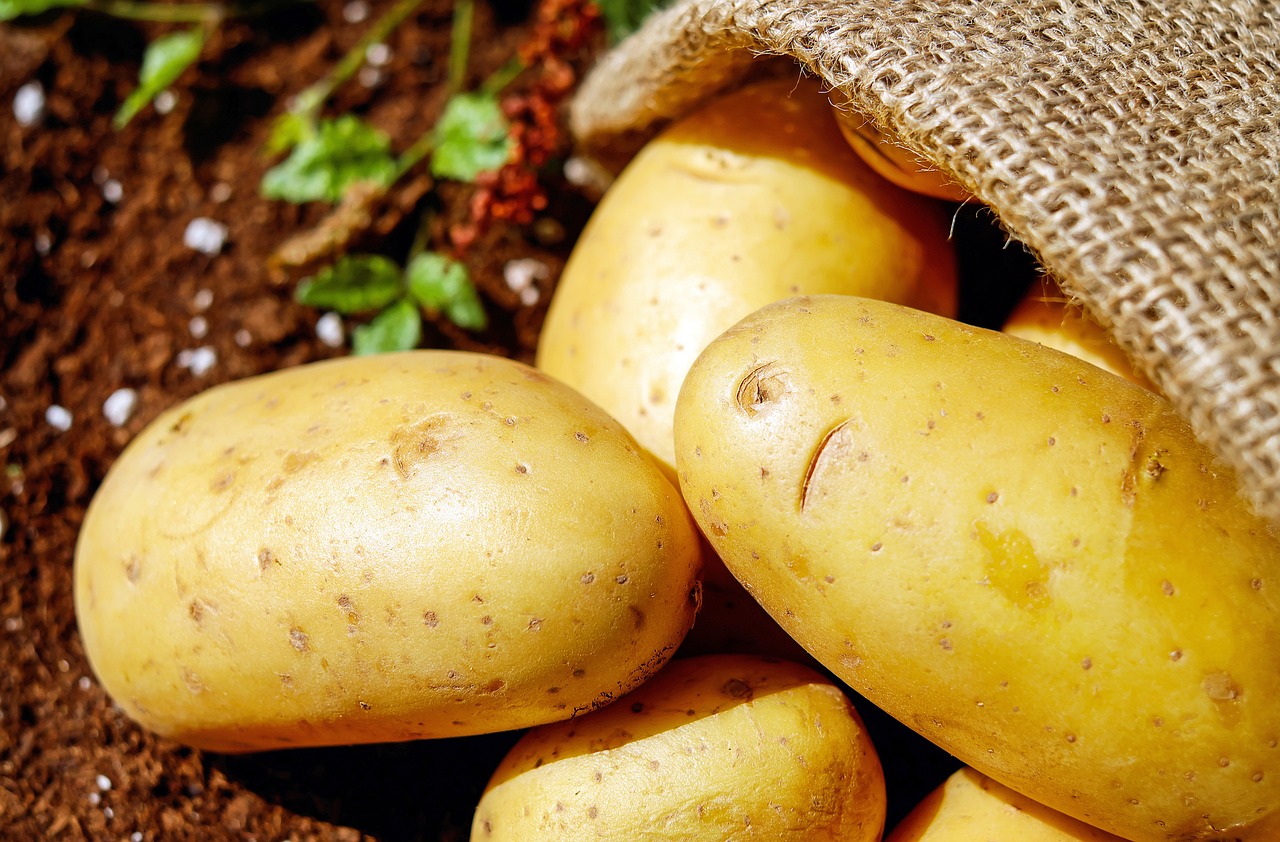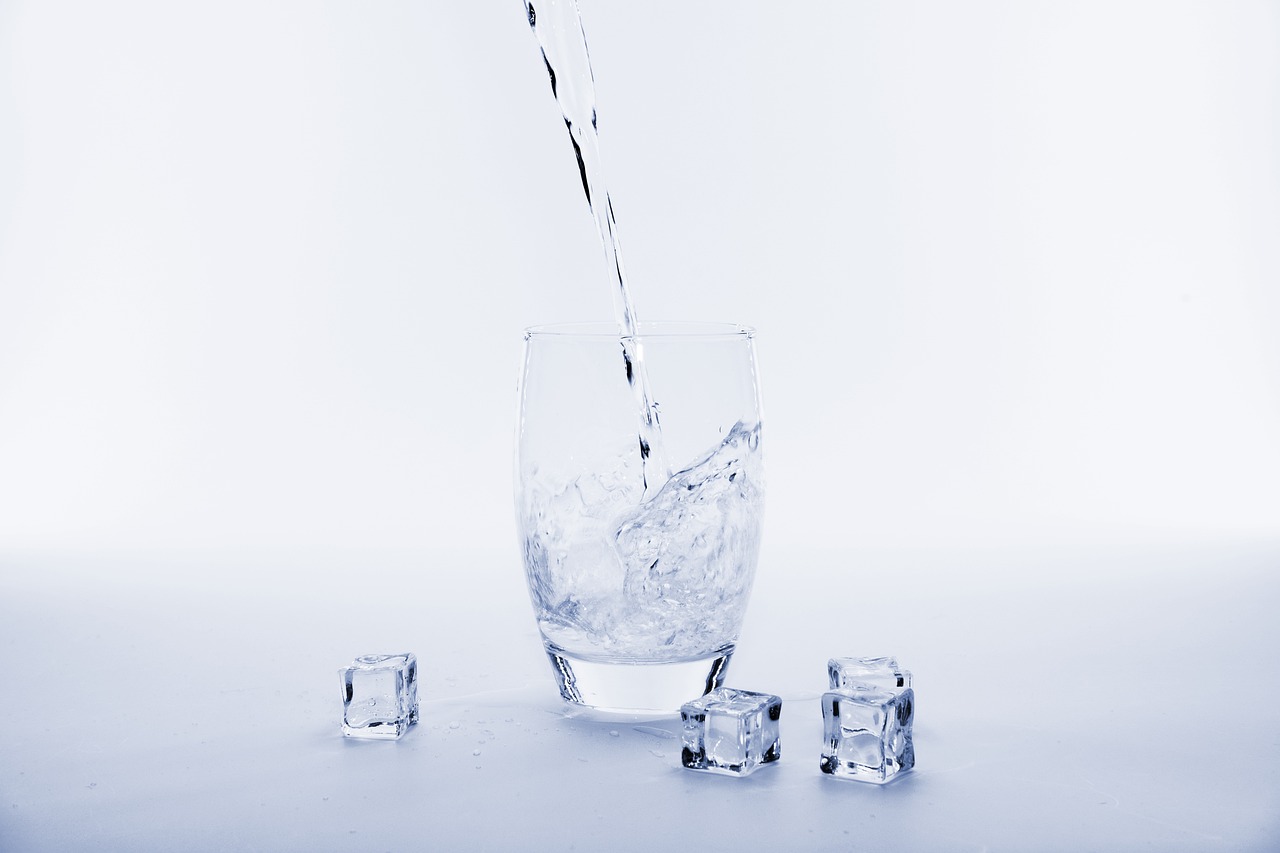Compared to other vegetables, potatoes are so easy to store. With the right storage techniques, good quality potatoes will last for months without going bad. Whether the potatoes come from the grocery store or your own garden, to get the most out of your potatoes, you need to know all the tricks to storing them properly.
Storing potatoes
1 Picking and Sorting Potatoes
Once you’ve harvested a bunch of potatoes from the grocery store or your own garden, it’s time to spend some time picking and sorting. Start by identifying potatoes that have torn skins, scuff marks, or other obvious blemishes. These potatoes are not suitable for storage because they are more prone to spoilage than normal potatoes and may spread mold to intact potatoes. Damaged potatoes can be treated in the following way:
- Eat these potatoes within a day or two. Cut off any unsightly or damaged parts before cooking.
- “Restore” potatoes to bring damaged potatoes back to their original condition and extend storage time (steps described later).
- Throw away potatoes that are badly damaged or have rotted.
2 Store healthy potatoes in a dry, light-free place
After separating damaged potatoes from intact ones, keep the latter in a place where they are not exposed to sunlight and moisture. These two elements are responsible for potatoes turning green or rotting. Suitable locations include basements, cellars, and the corners of cupboards.
- Also, potatoes should be stored in a ventilated area. Potatoes in supermarkets are usually sold in mesh pockets to ensure air circulation. It’s best to keep potatoes in mesh bibs when you get them home and not transfer them to airtight containers.
- If you grow your own potatoes, put them in bamboo baskets or airy boxes. Lay a sheet of newspaper between each layer of potatoes and cover the top layer of potatoes with newspaper as well.
3 Keep potatoes in a cool place
An environment below 10°C is best for storing potatoes. Potatoes will stay fresh for the longest time if the storage temperature is kept between 2°C and 4°C. A cool, dark basement or cellar is the best place to store potatoes.
Note that too low a temperature in the refrigerator will affect the flavor of the potatoes.
4 Check your potatoes regularly for spoilage
As long as you follow the above instructions, most potatoes are fine to store for a few months. However, it’s a good idea for you to do a general inspection of your potatoes every couple of weeks to see if anything is different. One bad potato can spread mold to all the potatoes around it, so it’s very important to prevent the rest of the potatoes from being affected by it by throwing the bad potatoes away. Be alert for the following conditions in potatoes:
- Greenish color: Potato skins take on a light greenish hue. When stored for a long time, the potatoes become soft and the skin is slightly wrinkled. This is usually caused by light exposure. If the potatoes are only slightly green, cut off the green part before using them for cooking.
- Sprouting: tiny “shoots” begin to grow on the surface of the potato. Sprouting usually occurs at the same time as the skin turns green and softens. If the potatoes are not very green or soft, just scoop out the sprouts before cooking.
- Rotten: Potatoes are visibly rotting – the potatoes will give off an unpleasant odor, turn soft, or become moldy. Throw away rotting potatoes and replace any paper that has touched the bad potatoes with new ones.
5 “Recover” potatoes for long-term storage
If you want to store potatoes for a longer period of time, try the following method. This method can save potatoes that are slightly bruised and prone to rotting. When potatoes are “restored”, the original scars will heal themselves. Recovering potatoes can be done as follows:
- Spread a stack of newspapers in a cool place and place the potatoes on top.
- Let the room temperature rise to between 10°C and 15°C, which is a little higher than the normal storage temperature.
- Then let the potatoes sit quietly on the newspaper. After two weeks, the potato skins will have thickened and dried. Brush off any large pieces of dirt from the potatoes and store them as above (you’ll have to turn the room temperature down slightly).
Contraindications for storing potatoes
1 Do not wash potatoes before storage
“Washing” potatoes may seem to prevent them from rotting, but the opposite is true. Potatoes that have been exposed to water have a shorter storage life and are more prone to rotting. Keep potatoes as dry as possible both before and during storage.
If potatoes are encrusted with silt, dry them first, then use a dry brush to remove any obvious clumps. Wash the potatoes again before cooking.
2 Potatoes should not be stored in the refrigerator
As I said before, the temperature in the refrigerator is too low for storing potatoes. The low temperature causes the starch inside the potato to convert into sugar, making the potato sweet, which is not tasty. Potatoes stored in the refrigerator will also change color.
If you still put your potatoes in the refrigerator, let them slowly come back to room temperature before cooking. This will alleviate the discoloration of the potatoes, but it will not completely prevent it from occurring.
3 Do not store cut potatoes in the open
Potatoes should be cooked as soon as they’ve been cut; the exposed cut surface isn’t as easy to store as the slightly thicker potato skin. If you have a pile of cut potatoes that you can’t use immediately, soak them in cold water. The water should be 2.5 centimeters to 5 centimeters above the potatoes. This method will keep the potatoes fresh throughout the day and ensure that their texture and color do not change.
4 Potatoes should not be placed with fruit
Most fruits such as apples, pears and bananas release a chemical gas called ethylene. This gas has a ripening effect. You may have noticed that fruits that are mixed together ripen faster. Ethylene can cause potatoes to sprout prematurely, so keep fruit elsewhere.



